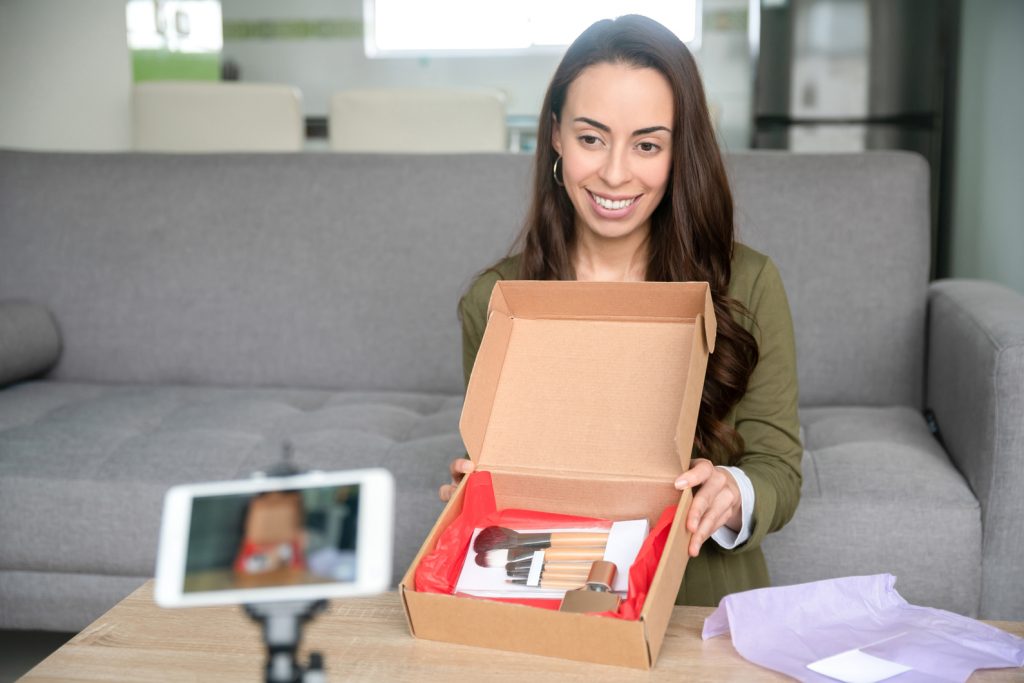Why Conduct Product Testing?
Whether you are looking to test variations of a product, tweak a current product, test an existing product with new a consumer group or evaluating how a product is marketed, you need to gather insight to base your decisions on.
That is why you need to conduct consumer product testing.
Conducting product testing can help you understand if your product has the features, use cases, or is simply strong and flexible enough to thrive in real-world conditions.
You can use both quantitative and qualitative data to help you make your business decisions.
Understanding Your Product
One of the initial steps in new product development or a product restage is to obtain consumer feedback. Some of the items that are integral for a brand to know include:
- Where the product is going to be marketed
- The target customer demographic
- Pricing expectations
- Purchase frequency
There are different product research designs and environments that can be utilized to gather the insights you need.

Different Types of Product Testing Designs
There are a variety of different product testing research designs that you could utilize. The design you use will depend on a combination of the number of products you plan on testing, your budget, your research objective, and timing.

Monadic Testing
Monadic testing is where research participants are shown a single product in isolation. The product is then evaluated alone, separate from any other products.
The benefit is using this design is that it allows the feedback to be given free of the potential bias of other products or stimuli. It also removes the ability to compare to other products, variations, or designs.
Sequential Monadic Testing
Sequential monadic testing is where respondents are shown two or more products to evaluate.
If you are looking to understand small differences or variations in a product, this is an excellent design option. But be aware that since you are showing more than one product to respondents, there is a risk that you could introduce order bias into your research.
Paired-Comparison Testing
Paired-comparison testing is when a respondent is shown two products at the same time and asked to choose their preference between the two.
Protomonadic Testing
Consumer Product Testing Environments
Central Location Testing (CLT)
Central location testing is a qualitative research method where respondents are invited to a facility to participate in testing. This follows the same idea as a focus group.
A few benefits of central location testing include:
- Controlled environment/conditions
- Ensure confidentiality (if applicable)
- Manage liability for products that could cause adverse reactions with respondents


Street Intercept Testing (SIT)
Street intercept testing is another qualitative research method where people are identified and asked to participate from public areas, i.e., busy streets, malls, etc. This kind of research environment is great for simple research.
A few benefits of street intercept testing include:
- Capturing insights within a specific use location
- Targeting a specific type of participant
In-Home Usage Testing (IHUT)
In-home usage testing is when respondents test products in the comfort of their own home. Products are sent to respondents’ homes for them to evaluate, then follow-up either utilizing an online methodology (online survey, message board, diaries, or focus group), telephone, or a face-to-face follow-up is conducted.
A few benefits of in-home usage testing include:
- Ideal for products needing sustained testing
- Testing occurs in respondent’s real-world and/or daily lives
- See how product interacts with others

Get Started Today
Why EMI for your Consumer Product Testing Solutions
Our Approach
Our approach to consumer product testing is rooted in our knowledge and expertise in the online sample industry, combined with our transparent approach of strategically blending sample to create the right solution for our clients.
Our knowledge of the online sample industry is unparalleled. We have been conducting in-depth research-on-research for more than a decade to best understand the differences between panels, how they change over time, and what makes each unique. We craft strategic sample blends for our clients that best fit their research goals and needs rather than make them fit a specific panel.
We build our custom sample blends from our global network of consumer sample partners. It gives you access to one of the highest-quality pools of consumer respondents of varying demographic, socio-economic, geographical, behavioral, and psychographic characteristics that give us the ability to create custom strategic sample blends that best fit the target of your study, and provide you high-quality, in-depth insights.
Every sample partner in our network has passed our rigorous Partner Assessment Process so we can best understand the recruiting methods, validation process, and other data quality measures they have in place, as well as the ins-and-outs of their panel. Our strict vetting process ensures we only allow the best sample providers into our network, and that we maintain a high level of data quality for our clients.

EMI’s In-Home Usage Test (iHUTS)
We leverage our network of high-quality consumer respondents and our best-in-class strategic sample blending approach to craft you a custom research solution of product testers for evaluating the in-home experience of your product. We craft your custom blend of respondents based on your study objectives to ensure we deliver the insights you need to make the best decisions possible. Our expert team can handle everything from the strategic blend development to respondent recruitment/placement, and provide all facets needed—we’re your partner in delivering what your clients are looking for.
